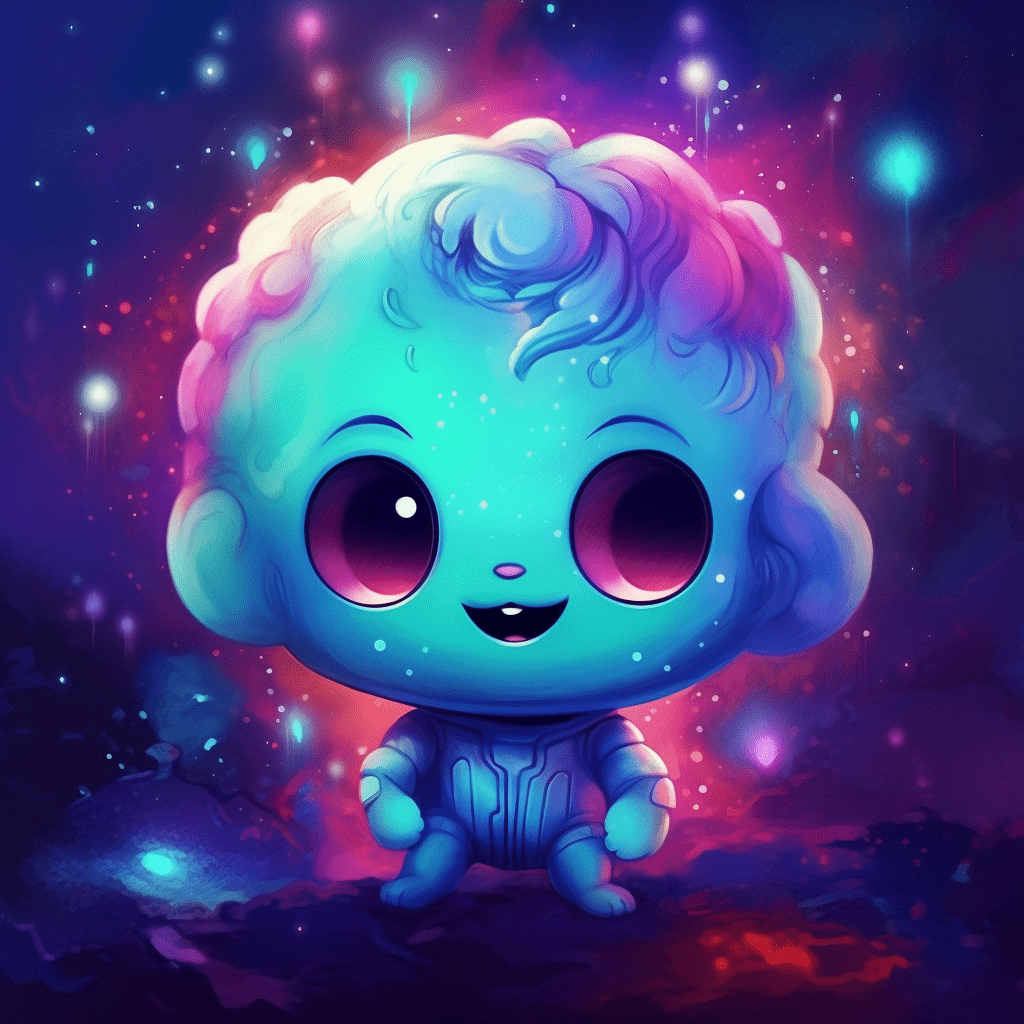
As the world of non-fungible tokens (NFTs) continues to expand, their applications are becoming increasingly diverse. One area that has gained significant attention is the use of NFTs for virtual events, tickets, and experiences. From concerts and festivals to exclusive gatherings and educational seminars, NFTs are revolutionizing how we engage with events and access unique experiences. But how much do these NFTs cost? In this article, we’ll explore the factors that influence the pricing of NFTs for virtual events and experiences.
Factors Affecting the Cost of NFTs for Virtual Events and Experiences
When it comes to determining the cost of NFTs for virtual events and experiences, several factors come into play. Here are some key aspects to consider:
- Exclusivity: NFTs that grant access to exclusive events or experiences are likely to command a higher price. The rarity and limited availability of these opportunities can drive up the cost, with collectors and enthusiasts willing to pay a premium for a unique experience.
- Popularity of the event or experience: The demand for NFTs related to popular events or experiences can significantly impact the cost. High-profile concerts, sporting events, or virtual gatherings featuring well-known personalities often generate more interest, leading to higher prices for associated NFTs.
- Utility and additional benefits: NFTs that offer additional utility or perks beyond access to the event or experience may also be more valuable. For example, an NFT that includes backstage access, one-on-one interactions with performers, or exclusive merchandise can attract higher prices.
- Artist or creator reputation: The reputation and following of the artist or creator behind the event or experience can influence the price of related NFTs. Renowned artists or creators with a strong fan base typically command higher prices for their NFTs.
- Secondary market dynamics: Like other NFT markets, the secondary market plays a crucial role in determining the cost of NFTs for virtual events and experiences. The demand and supply dynamics in secondary markets can drive up or depress the prices of NFTs.
Examples of NFTs for Virtual Events and Experiences
To better understand the cost of NFTs for virtual events and experiences, let’s take a look at some real-world examples:
- Kings of Leon’s NFT album release: In March 2021, the rock band Kings of Leon made headlines by releasing their album as an NFT. They offered three types of NFTs – one for the album, one for exclusive audiovisual art, and one for a “golden ticket” experience. The golden ticket NFTs granted the buyer VIP access to Kings of Leon concerts, including premium seating, exclusive merchandise, and personal interactions with the band. These NFTs were auctioned off, with some fetching prices of up to $50,000.
- Virtual conferences and summits: Various virtual conferences and summits have started utilizing NFTs as tickets for their events. These NFTs grant access to the event, and in some cases, offer additional perks such as exclusive content or networking opportunities. The price for these NFTs can vary widely, depending on the nature of the event and the benefits provided.
- Virtual art exhibitions: With the growing popularity of digital art, virtual art exhibitions have become a popular use case for NFTs. In some instances, NFTs grant access to exclusive virtual galleries, allowing collectors to view and purchase digital art in a unique and immersive environment. The cost of these NFTs can range from a few dollars to several hundred or even thousands, depending on the exclusivity and the artists involved.
Future Developments in NFTs for Virtual Events and Experiences

As NFTs continue to gain mainstream adoption, we can expect further innovation in how they are used for virtual events and experiences. Here are a few potential developments that could impact the cost of NFTs in this space:
- Dynamic pricing models: As more platforms and event organizers start using NFTs for virtual events, we might see dynamic pricing models that adjust the cost of NFTs in real-time based on factors such as demand, user engagement, and market trends.
- Gamification and rewards: Integrating gamification and reward systems into virtual events could offer additional value to NFT holders. Attendees could earn points or exclusive digital assets by participating in activities or interacting with other attendees, potentially increasing the value and cost of the associated NFTs.
- Bundling of virtual experiences: Event organizers could begin bundling multiple virtual experiences or events into a single NFT. This could lead to package deals or subscription-based NFTs, which might impact the overall cost of these assets.
- Interoperability and cross-platform experiences: As the NFT ecosystem matures, we may see increased interoperability between different platforms and experiences. This could enable NFT holders to use their assets across multiple events or platforms, potentially increasing the value and cost of these tokens.
- Integration of emerging technologies: The incorporation of new technologies like virtual reality, augmented reality, and AI could enhance the experience of virtual events, leading to increased demand and potentially higher costs for NFTs.
Conclusion

The cost of NFTs for virtual events, tickets, and experiences varies greatly depending on factors such as exclusivity, the popularity of the event or experience, utility and additional benefits, the reputation of the artist or creator, and secondary market dynamics. As the NFT market continues to evolve, we can expect to see more innovative applications in the realm of virtual events and experiences, leading to a diverse range of pricing. Ultimately, the cost of these NFTs will be determined by the value they bring to buyers and the market’s willingness to pay for unique digital assets.
